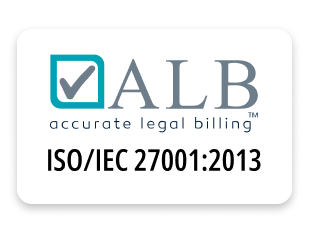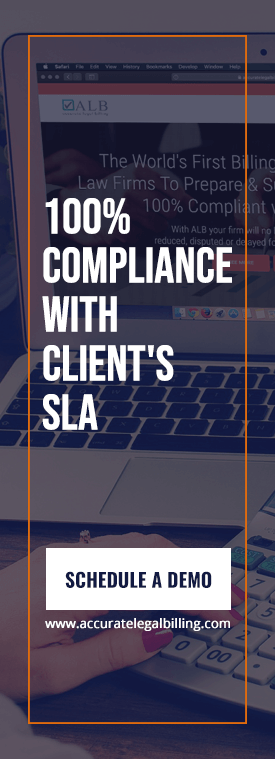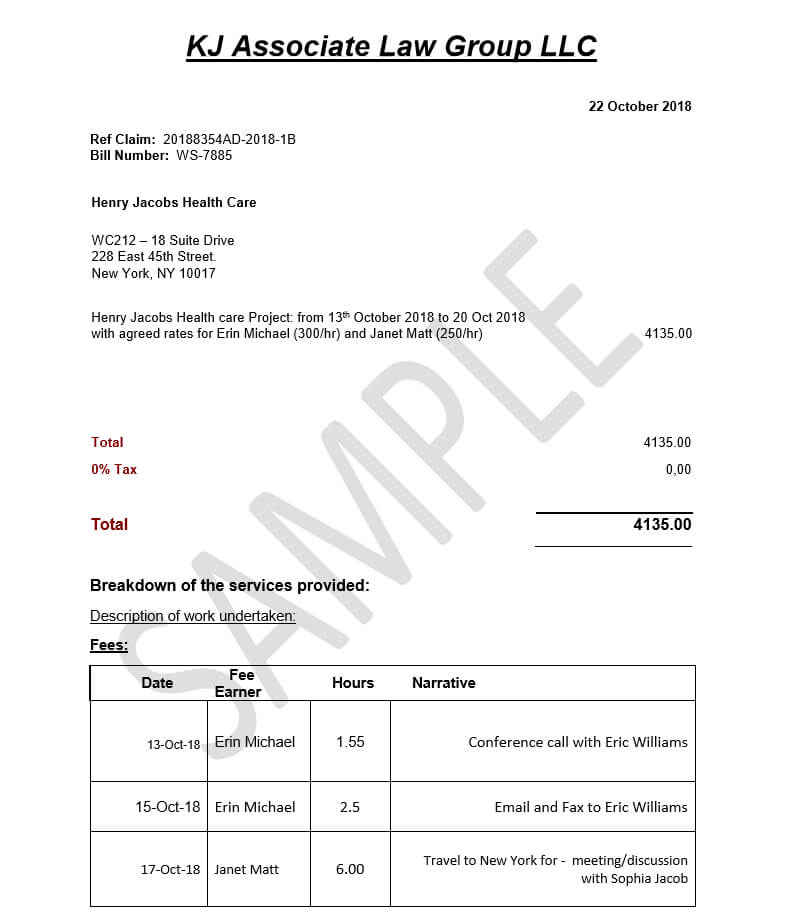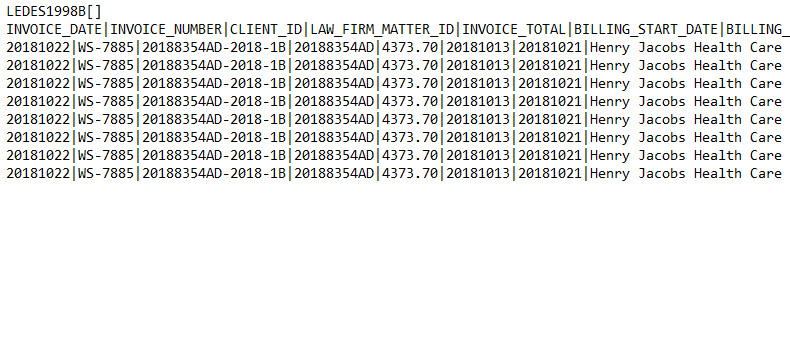
Understanding Law Firm Billing and Collections Services
Billing and collections services are essential for the financial health of law firms, yet many attorneys find these processes overwhelming and time-consuming. According to the latest Legal Report, lawyers average less than three billable hours per day, with much of their time consumed by non-billable tasks like preparing invoices and chasing payments.
In this blog, we’ll explore how law firms can streamline their billing and collections processes to improve cash flow and strengthen client relationships.
The Law Firm Billing Process
To enhance financial health through effective billing and collections, law firms need to understand the billing process. Here’s a closer look at the key steps involved:
• Client Onboarding: The billing process starts with client onboarding. This phase involves opening a case and clearly defining the scope of work. A well-structured fee agreement that outlines billing rates, payment terms, and any additional fees is crucial. Setting these expectations early helps prevent misunderstandings down the line.
• Timekeeping: Accurate timekeeping is vital for capturing billable hours throughout the case lifecycle. Research shows that up to 30% of billable time can be lost due to ineffective tracking methods. Implementing reliable timekeeping practices like using time-tracking software ensures that every minute spent on a case is logged accurately, which is critical for effective billing.
• Drafting Invoices: At the end of each month or upon case completion, attorneys compile billable hours and related expenses into a draft invoice, known as a prebill. It’s essential to review this draft carefully for accuracy before finalizing it. Paying attention to detail at this stage can help avoid disputes and enhance client satisfaction.
• Finalizing Bills: After making necessary adjustments and adding notes from the lead attorney, the finalized invoice is sent to the client. Clear communication regarding each charge is crucial; clients should fully understand what they’re being billed for to minimize confusion and build trust.
• Payment Processing: Offering clients multiple payment options—like credit cards, bank transfers, or online payment systems can significantly enhance cash flow. User-friendly payment methods encourage timely payments and create a more seamless client experience. Integrating secure online payment portals can simplify this process.
• Follow-Up on Overdue Payments: The accounting team plays a critical role in maintaining cash flow by sending reminders for late payments. Gentle follow-ups via email or phone can help preserve client relationships while ensuring that overdue accounts are addressed promptly. Establishing a structured follow-up process can significantly improve collection rates.
Challenges in Law Firm Collections
Despite having a structured process, law firms often face challenges in billing and collections that can hinder operational efficiency and financial management:
• Accurate Time Tracking: Many attorneys struggle to log their billable hours consistently, which can lead to billing errors and lost revenue. Utilizing time-tracking tools can help mitigate this issue.
• Lack of Standardization: Many firms rely on outdated manual methods that create inconsistencies and inefficiencies. Standardizing billing practices across the firm can eliminate confusion among team members.
• Complex Billing Guidelines: Navigating intricate billing guidelines set by clients or internal policies can complicate compliance, leading to delayed payments. Investing in training can help staff better understand these guidelines.
• Rate Errors: Discrepancies between agreed-upon rates and actual charges can frustrate clients and lead to significant overpayments. Regular audits of billing practices can help catch these errors before invoices are sent.
• Insufficient Visibility: Many legal departments lack the tools necessary to analyze data effectively, making it challenging to monitor expenses and enforce billing guidelines. Implementing robust reporting tools can improve visibility into financial performance.
These challenges can result in inefficient billing processes, leading attorneys to bypass established procedures out of frustration.
Best Practices for Effective Billing and Collections Services
To enhance billing and collections efficiency, law firms should consider adopting these best practices:
• Establish a Standardized Billing Policy: A clear billing policy should outline how clients are billed, when invoices are sent, and what expenses are included. This transparency helps reduce confusion and sets clear expectations from the start.
• Utilize Legal Practice Management Software: Implementing specialized software designed for law firms can automate time tracking, invoicing, and follow-up reminders. This not only reduces human error but also saves valuable time on administrative tasks, allowing attorneys to focus more on their legal work. Read more on legal spend management here.
• Communicate Clearly with Clients: During the initial client intake process, provide a comprehensive overview of billing practices, including payment options and timelines. A well-documented fee agreement can prevent misunderstandings and establish a strong foundation for the client relationship.
• Regularly Review Collections Processes: Periodic assessments of billing and collections services can help identify bottlenecks or inefficiencies. Regular reviews allow firms to adapt and optimize their processes, ensuring smooth operations.
• Offer Multiple Payment Options: Providing a variety of payment methods makes it easier for clients to pay on time, improving cash flow. Consider options like credit card payments, e-checks, and payment plans to accommodate client preferences.
• Implement Early Payment Incentives: Encouraging clients to pay early through discounts or other incentives can significantly enhance cash flow. A small discount for early payment can lead to quicker receipts and improved financial stability.
The Role of Technology in Streamlining Billing and Collections Services
Technology is transforming how law firms manage their billing and collections processes:
• Automated Invoicing: Legal billing software can automatically generate invoices based on tracked time and expenses, reducing manual entry errors and the time spent on invoicing tasks.
• Client Portals: Secure online portals allow clients to view their invoices and make payments at their convenience, enhancing the client experience and encouraging prompt payment.
• Reporting Tools: Advanced reporting capabilities enable firms to track collection rates and analyze financial performance over time. This data can identify trends and areas for improvement, allowing for proactive management of billing practices.
Conclusion
Effective billing and collections services are vital for law firms seeking to maintain healthy cash flow and strong client relationships. By implementing effective strategies for managing legal billing challenges in in-house legal departments such as standardized policies, utilising technology, automating billing processes, and maintaining clear communication with clients, law firms can significantly enhance their financial management strategies.
To stay competitive, firms should consider automating their billing processes with AI-powered e-billing software that leads to improved accuracy, enhanced cash flow management, significant time savings, increased client satisfaction, and valuable insights through real-time reporting. Additionally, outsourcing billing services can efficiently handle your firm’s needs while allowing you to focus on core legal activities.
For more information on how our services can help you achieve your goals and drive your business forward, schedule a call today!

.png)



